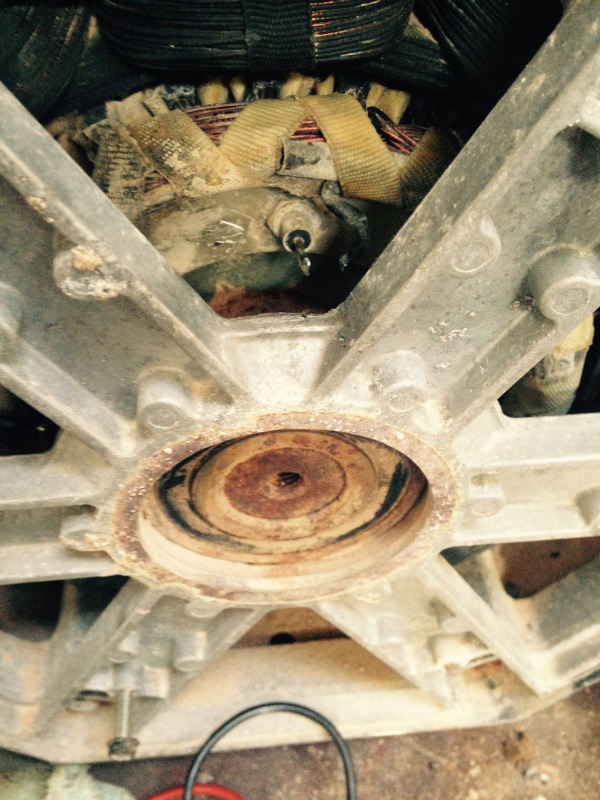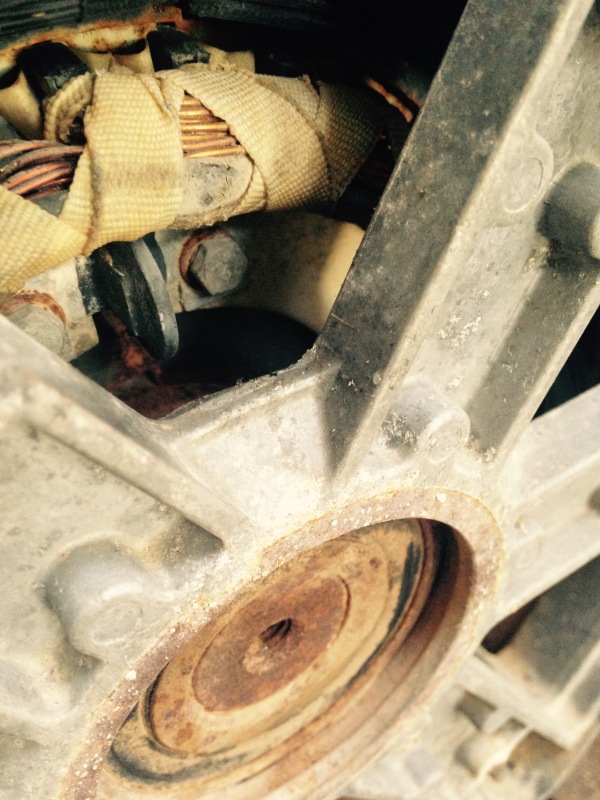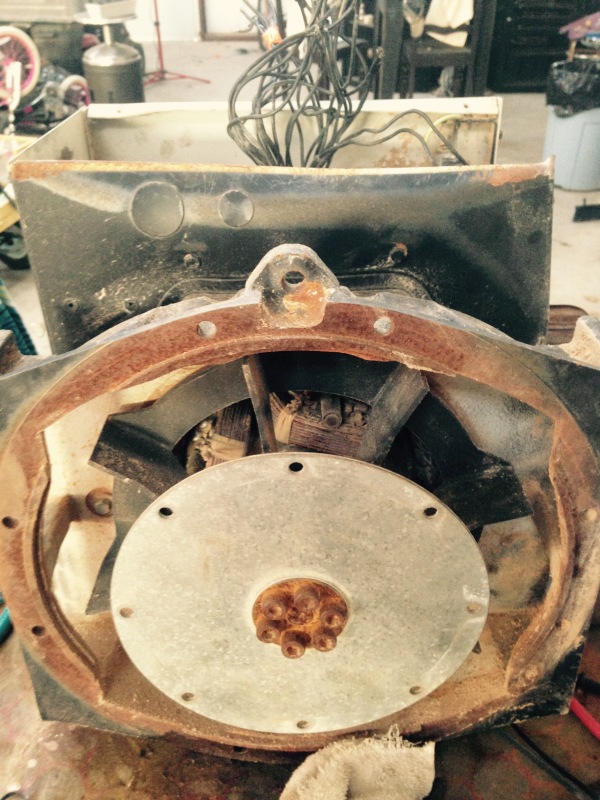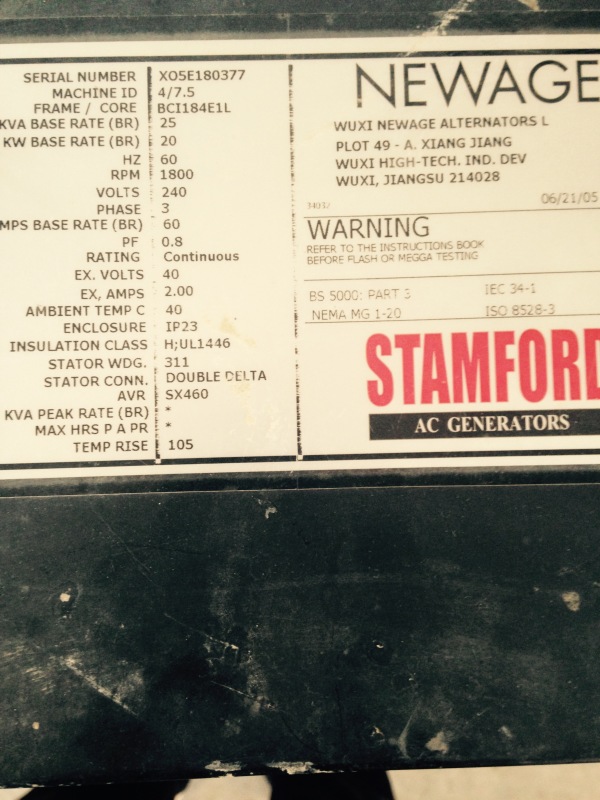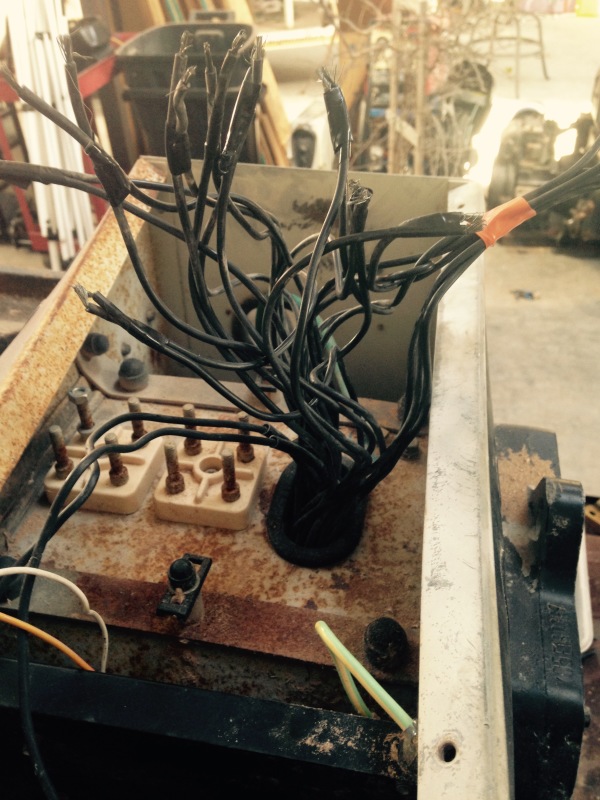thread238-314092
Great post above~! I am in the exact situation...I've got a genset here that someone has cut all the output wiring. I've been able to identify the coils and yes, I did have to disconnect the diodes on the rear to identify the remaining 3.
Forgive my ignorance here, but it was stated to excite the gen with AC. The Gen I am working on does not have any AC plugs attached...how would I go about exciting it??
Thank you all in advance!
Great post above~! I am in the exact situation...I've got a genset here that someone has cut all the output wiring. I've been able to identify the coils and yes, I did have to disconnect the diodes on the rear to identify the remaining 3.
Forgive my ignorance here, but it was stated to excite the gen with AC. The Gen I am working on does not have any AC plugs attached...how would I go about exciting it??
Thank you all in advance!

